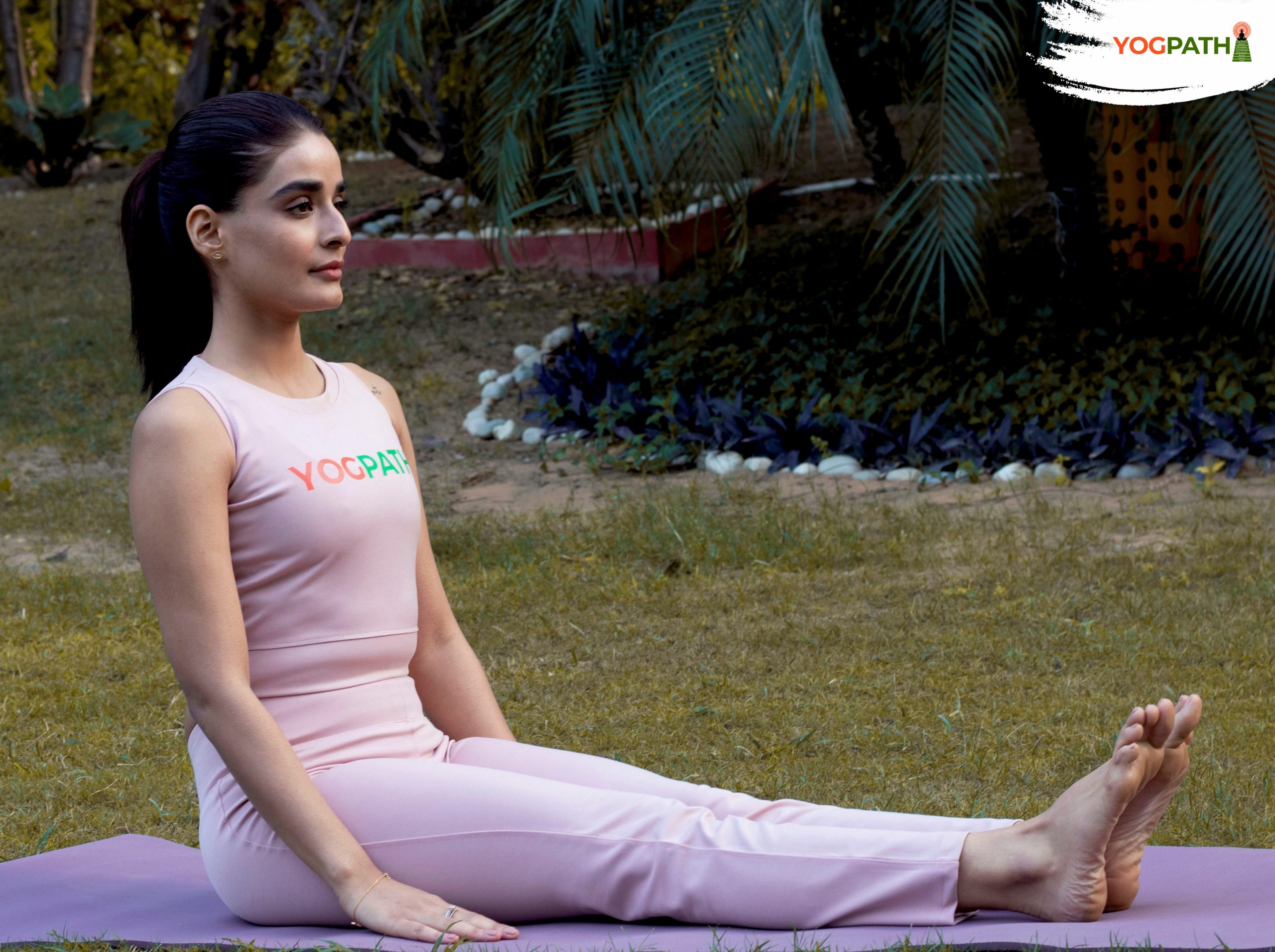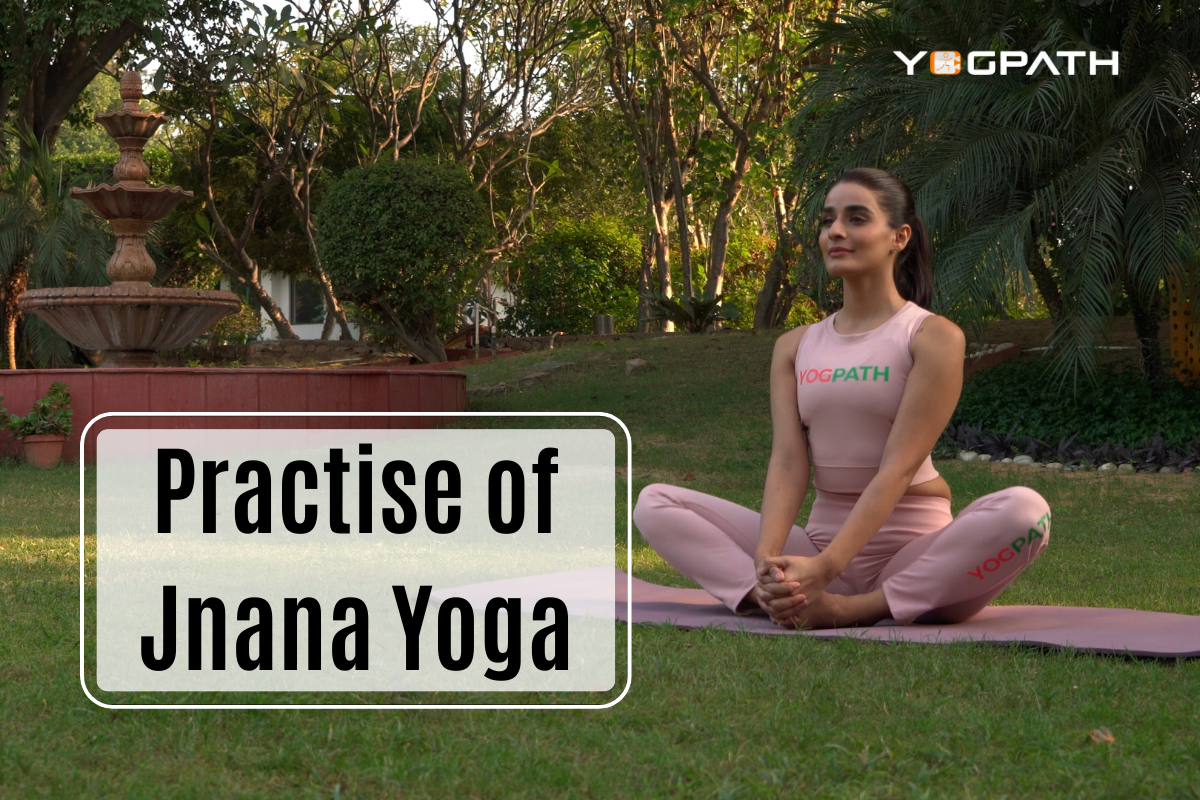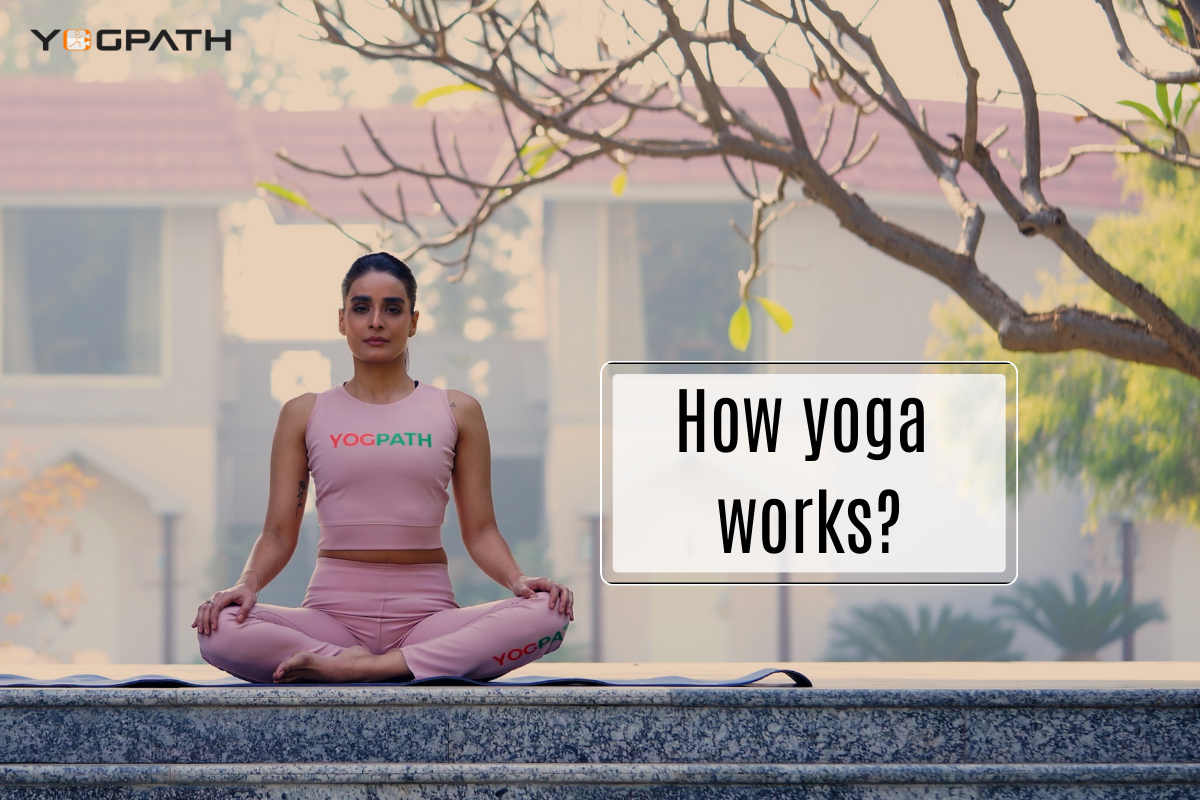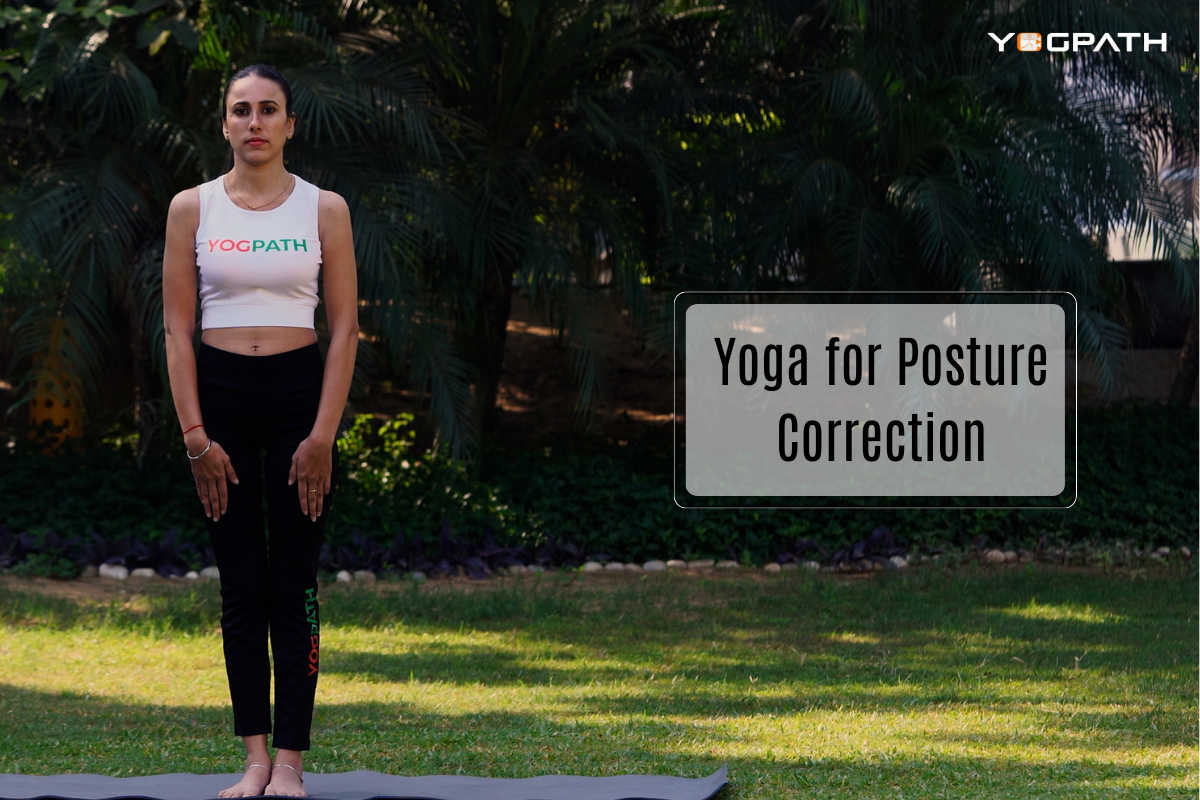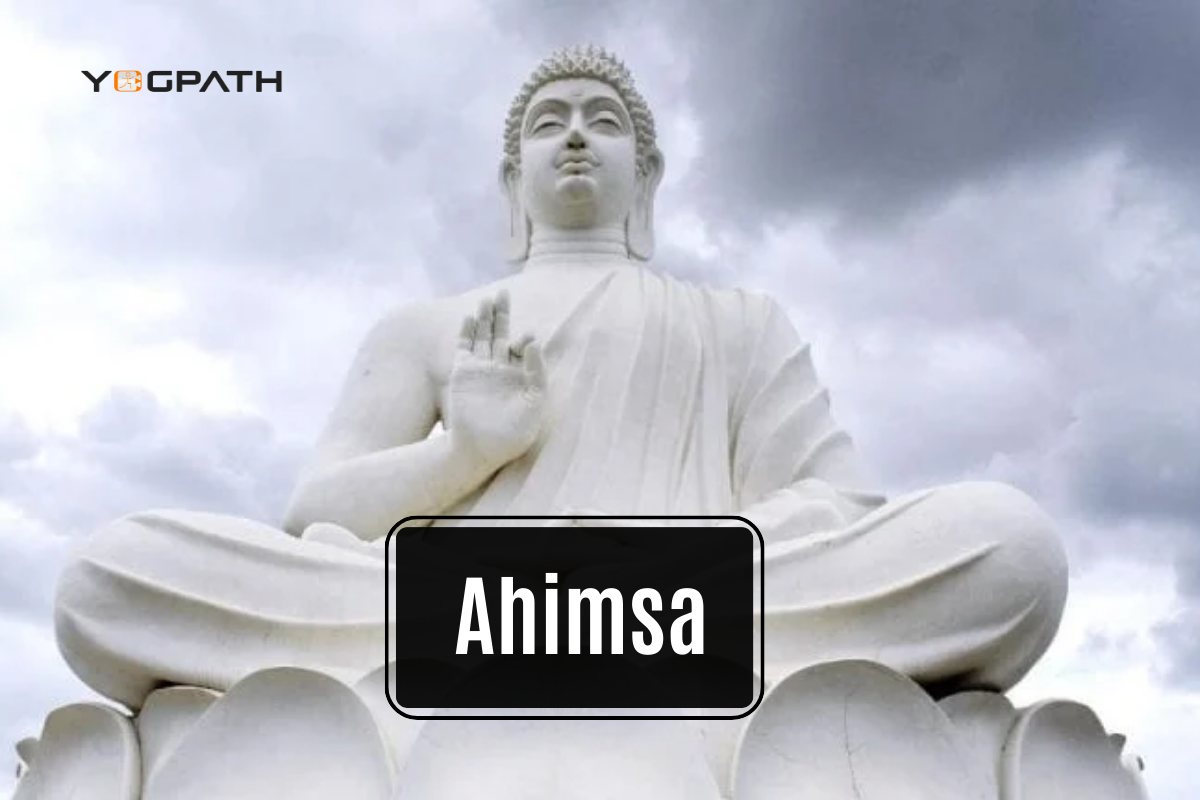
- Depression, low self-esteem, and a sense of hopelessness accompany the victims’ somatic complaints.
- Panic disorders, phobias, anxieties, and depression are just some of the serious mental health issues that victims face, some of which can linger for years.
- Traumatised people have a much more difficult time trusting others and developing close relationships.
Ahimsa: The thalamus is a part of the brain that monitors the environment for potentially harmful stimuli and then sends appropriate sensory and motor signals on to the rest of the body. If you’re having a negative thought, your thalamus will automatically get ready for flight. Consequently, our physical bodies exhibit authentic stress symptoms like racing heart, heightened arousal, and increased blood pressure. The main stress hormone, cortisol, is released as a result, and it causes inflammation among its many other effects.
This contributes to the unpleasant signs and symptoms of extreme stress, such as an upset stomach. Keeping a pessimistic outlook puts one’s mind in a state of stress, which can have detrimental effects on one’s health and happiness. Ahimsa may not cause immediate harm to the brain and body, but it can have far-reaching, indirect effects.
Because of this, himsa can be avoided. In contrast to himsa, which connotes agitation and anger, ahimsa (nonviolence) describes a state of calm composure and an unwillingness to harm others. People who engage in mental non-violence have resolved to no longer act aggressively or harbour negative feelings toward others. Aggression and hostility are replaced by tolerance and compassion. Self-compassion and empathy are developed through the practise of mental nonviolence. Those who have overcome their hostility, ill will, and aggression and are always at peace within themselves are practising ahimsa.
An Overview of the Yogic Practice of Ahimsa and How to Use It
One way to change one’s mind about violence is through the practice of pratipaksha bhavana (cultivating the opposite). Pratipaksha bhavanam encourages replacing negative thoughts with more optimistic ones. It’s important to acknowledge the possibility that our own mental negativity is disrupting the delicate equilibrium of our lives. Realizing this is the first step toward reversing the negative impact it’s having on you, and then employing one of several available strategies, including Ahimsa, is essential.
The other is to work on developing a more optimistic outlook, as instructed in Yoga Sutra 1.33. “The mind-stuff keeps its undisturbed calmness through the cultivation of attitudes of friendliness toward the happy, compassion for the unhappy, delight in the virtuous, and disregard toward the wicked,” all while embracing the principle of Ahimsa.
Being in the Ahimsa state of mind
Despite their shared roots with Yoga, other spiritual canons appear to hold a very different view on the topic of violence. The Bhagavad Gita, a sacred text in Hinduism and a foundational text in Yoga, provides a well-known illustration of this principle. Prince Arjuna is advised and guided by Krishna throughout the entirety of the Gita. Krishna is an incarnation of Vishnu and, as such, is an enlightened being.
Arjuna, the leader of one group of cousins, is forced into the unenviable position of fighting his own family members in the context of the Gita, which is about a dynastic succession struggle between two groups of cousins. For good reason, Arjuna has his doubts and is reluctant to resort to violence, but in the grand scheme of the dynastic war, fighting is necessary to restore peace.
Krishna’s words of wisdom to Arjuna are unambiguous: “Perform action, o Arjuna!” which he interprets as meaning to remain unwavering in Yoga, let go of attachment, and maintain equanimity regardless of whether he succeeds or fails. Yoga is a practise that helps achieve this mental steadiness.
Here, Krishna urges his pupil Arjuna to fight, but with a clear head: He must do his duty without worrying about the outcome, and he must love his enemies as he loves himself. The key is in Arjuna’s mindset: a Yogi should take action, but remain calm and collected regardless of the outcome.
The Gita also gives us great understanding of passivity. When we see something that could escalate into violence or cause harm, what should we do? Should we get involved, even if it means resorting to force or violence, or should we stay out of it? When Arjuna experiences similar uncertainty, Krishna tells him, “Perform your prescribed duty, for action is superior to inaction, and even the maintenance of the body would not be possible for thee by inaction.”
According to the Bhagavad Gita’s depiction of the Yoga philosophy, a Yogi must always opt for action rather than passivity, even if that action is righteous and detached.


